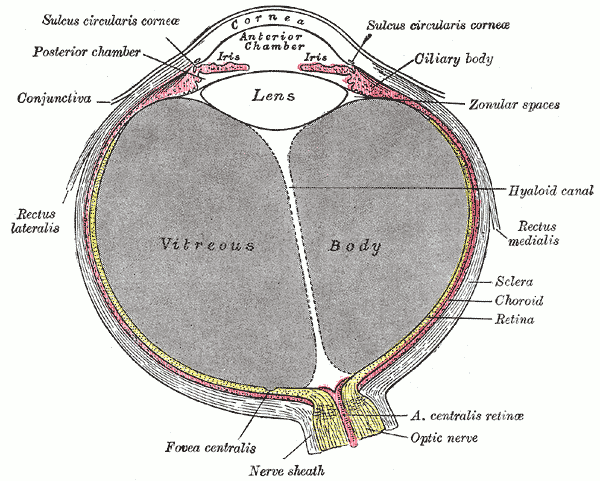We've now learned a whole year of
Norwegian!
Wow!
Let's try another language now, how about
Russian?
This is the language of the people of Russia, where over 250 million people speak the language.
A lot of the other countries near Russia also speak it, like Belarus, Estonia, Latvia, and a bunch of other countries.
Russia uses a different alphabet than English, using letters called Cyrillic.
There are some letters that look and sound almost the same, like A and T.
But there are some that are very different like the letter Я which sounds like "ya" or the letter Ш that sounds like "sh"
Let's learn how to say hello and goodbye in Russian!
There are a few ways to say Hello.
Hi -
Привет (privet) - Sounds like p-dee-v-yet

This is like saying Hi to your friends.
Hello -
Здравствуй (Zdravstvuy) - Sounds like z-d-rah-v-st-voo-ee

This is like saying hello to a grownup, or someone you are meeting for the first time.
There are a few ways to say Goodbye also.
Bye -
Пока (poka) - Sounds like pah-kah

This is just like saying bye to your friends.
Good Bye -
до свидания (do svidaniya) - Sounds like dah s-vee-dah-n-yah

This is like saying goodbye to people you don't know really well, or to grownups to show respect.

(from: wikipedia -
russian academy of sciences)
Norwegian:
Hei, Hallo, Ha det, Ha det brah
Greek:
Γειά σου (Geiá sou), Χαίρετε (Chairete), Αντίο (Antío)
ASL:
Hello and Goodbye
Italian:
Ciao, arrivederci
German:
Hallo, Auf Wiedersehen
Spanish:
Hola! Adiós!
French:
Bonjour! Au Revoir!






